Technology
AI21 CEO says transformers not right for AI agents due to error perpetuation
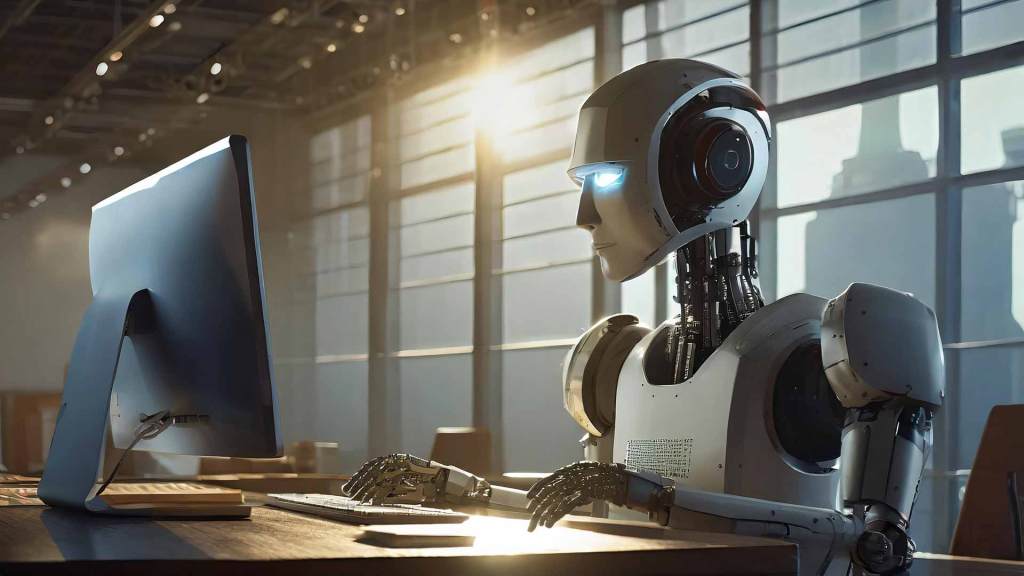
Join our daily and weekly newsletters for the latest updates and exclusive content on industry-leading AI coverage. Learn More
As more enterprise organizations look to the so-called agentic future, one barrier may be how AI models are built. For enterprise AI developer A121, the answer is clear, the industry needs to look to other model architectures to enable more efficient AI agents.
Ari Goshen, AI21 CEO, said in an interview with VentureBeat that Transformers, the most popular model architecture, has limitations that would make a multi-agent ecosystem difficult.
“One trend I’m seeing is the rise of architectures that aren’t Transformers, and these alternative architectures will be more efficient,” Goshen said. “Transformers function by creating so many tokens that can get very expensive.”
AI21, which focuses on developing enterprise AI solutions, has made the case before that Transformers should be an option for model architecture but not the default. It is developing foundation models using its JAMBA architecture, short for Joint Attention and Mamba architecture. It is based on the Mamba architecture developed by researchers from Princeton University and Carnegie Mellon University, which can offer faster inference times and longer context.
Goshen said alternative architectures, like Mamba and Jamba, can often make agentic structures more efficient and, most importantly, affordable. For him, Mamba-based models have better memory performance, which would make agents, particularly agents that connect to other models, work better.
He attributes the reason why AI agents are only now gaining popularity — and why most agents have not yet gone into product — to the reliance on LLMs built with transforms.
“The main reason agents are not in production mode yet is reliability or the lack of reliability,” Goshen said. “When you break down a transformer model, you know it’s very stochastic, so any errors will perpetuate.”
Enterprise agents are growing in popularity
AI agents emerged as one of the biggest trends in enterprise AI this year. Several companies launched AI agents and platforms to make it easy to build agents.
ServiceNow announced updates to its Now Assist AI platform, including a library of AI agents for customers. Salesforce has its stable of agents called Agentforce while Slack has begun allowing users to integrate agents from Salesforce, Cohere, Workday, Asana, Adobe and more.
Goshen believes that this trend will become even more popular with the right mix of models and model architectures.
“Some use cases that we see now, like question and answers from a chatbot, are basically glorified search,” he said. “I think real intelligence is in connecting and retrieving different information from sources.”
Goshen added that AI21 is in the process of developing offerings around AI agents.
Other architectures vying for attention
Goshen strongly supports alternative architectures like Mamba and AI21’s Jamba, mainly because he believes transformer models are too expensive and unwieldy to run.
Instead of an attention mechanism that forms the backbone of transformer models, Mamba can prioritize different data and assign weights to inputs, optimize memory usage, and use a GPU’s processing power.
Mamba is growing in popularity. Other open-source and open-weight AI developers have begun releasing Mamba-based models in the past few months. Mistral released Codestral Mamba 7B in July, and in August, Falcon came out with its own Mamba-based model, Falcon Mamba 7B.
However, the transformer architecture has become the default, if not standard, choice when developing foundation models. OpenAI’s GPT is, of course, a transformer model—it’s literally in its name—but so are most other popular models.
Goshen said that, ultimately, enterprises want whichever approach is more reliable. But organizations must also be wary of flashy demos promising to solve many of their problems.
“We’re at the phase where charismatic demos are easy to do, but we’re closer to that than to the product phase,” Goshen said. “It’s okay to use enterprise AI for research, but it’s not yet at the point where enterprises can use it to inform decisions.”
Source link
Technology
Samsung wants a very thin Galaxy S25 FE, leak claims
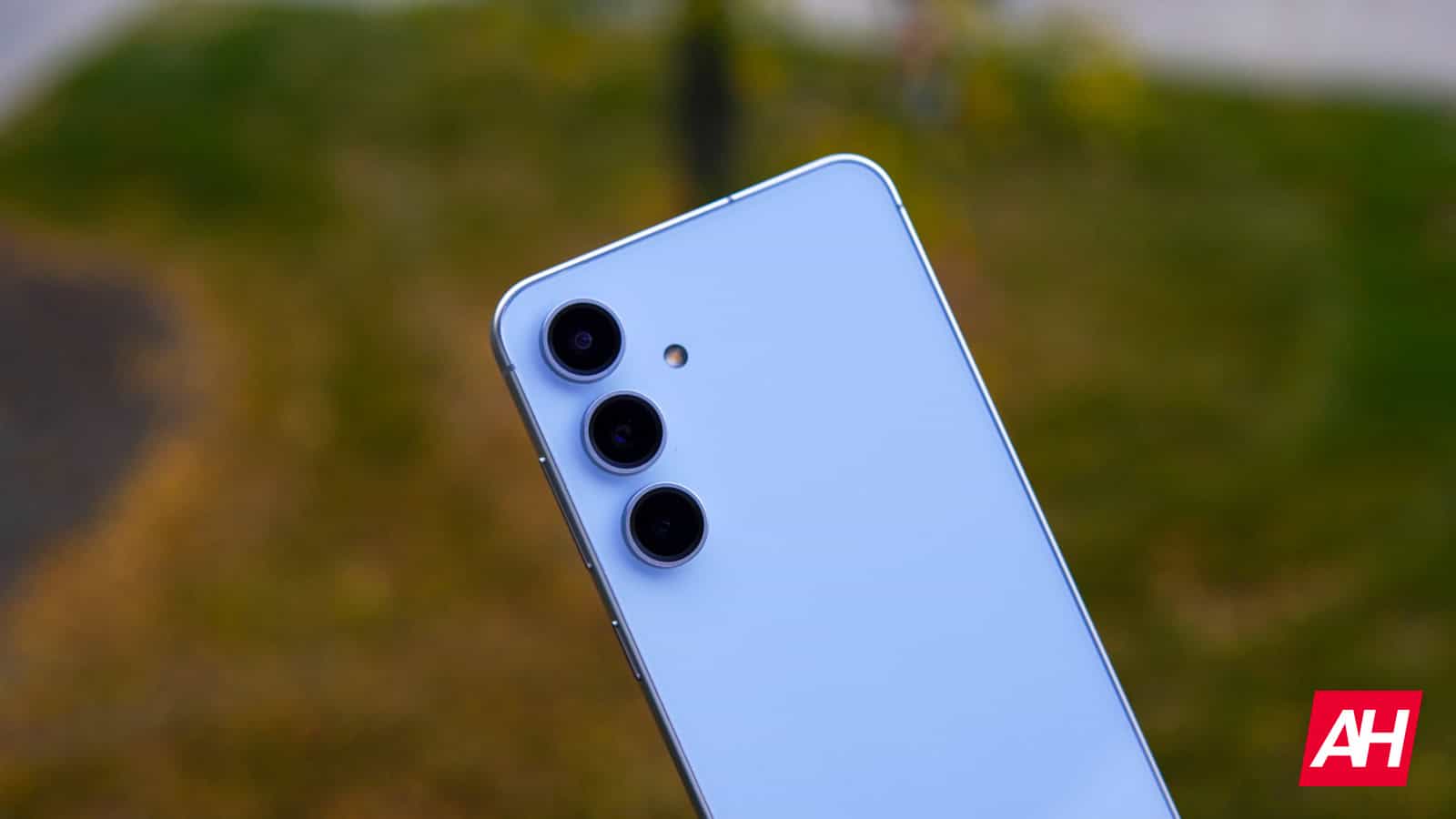
Fans of Samsung’s flagship mobile phones are eagerly anticipating the launch of the main Galaxy S25 series. The phones are expected to arrive during the first quarter of 2025. On the other hand, the company should announce a flagship-killer FE variant by the end of next year. A new leak has revealed the first key details about the Samsung Galaxy S25 FE.
In recent years, the Galaxy S FE series has maintained a conservative line in terms of design and improvements. Samsung even skipped the Galaxy S22 FE in 2022, leading to long-term speculation about the discontinuation of the brand’s FE phones. That said, it is possible that the Galaxy S25 FE will finally bring some noticeable changes in terms of design, mainly in the thickness department.
The Samsung Galaxy S25 FE would bet on thinness
According to South Korean media, Samsung wants the Galaxy S25 FE to stand out for its thinness. Its predecessor, the Galaxy S24 FE, is 8 mm thick, and Samsung could be aiming to at least match the thickness of the base Galaxy S24 (7.6 mm). Recent reports also suggest that Apple is working on an iPhone 17 Slim (or iPhone 17 Air), so Samsung would like to have a direct competitor in a similar price segment.
To achieve the thinness of the Galaxy S25 FE, Samsung would use a new battery that is thinner but wider. For now, the capacity of said battery is not known. The current Galaxy S24 FE mounts a 4,700 mAh cell. The leak claims that the device will keep the same 6.7-inch screen size as the current model. Hopefully, the combination of the same-sized screen and thinner body does not imply a reduction in battery capacity. Samsung will have to completely redesign the motherboard to make everything fit without making sacrifices.
Allegedly powered by the Dimensity 9400 chip
Another source reported that Mediatek’s Dimensity 9400 chip will power the Galaxy S25 FE. Negotiations between Samsung and MediaTek initially involved using the SoC in the Galaxy S25 and Galaxy S25+. However, a change in negotiations would have moved the chip to the more affordable next-gen Galaxy S25 FE. Using MediaTek hardware would allow Samsung to maintain a competitive price.
That’s all we know about the Samsung Galaxy S25 FE for now. Since there is still a long way to go before the phone’s launch, it’s normal for most of the key specs to remain secret. Anyway, let’s hope Samsung surprises us next year with some big improvements in more key areas.
Servers computers
RP819-HDMI Cyberview 8U 19" HDMI Rackmount LCD Monitor

RP819-HDMI Cyberview 8U 19″ HDMI Rackmount LCD Monitor come with industrial grade Samsung LCD which provides users with crisp and clear image. For more details http://www.kvmswitchtech.com/rp819-hdmi-cyberview-8u-19-hdmi-rackmount-lcd-monitor-p47597.htm .
source
Technology
Do you want a giant Redbox machine? Now’s your chance
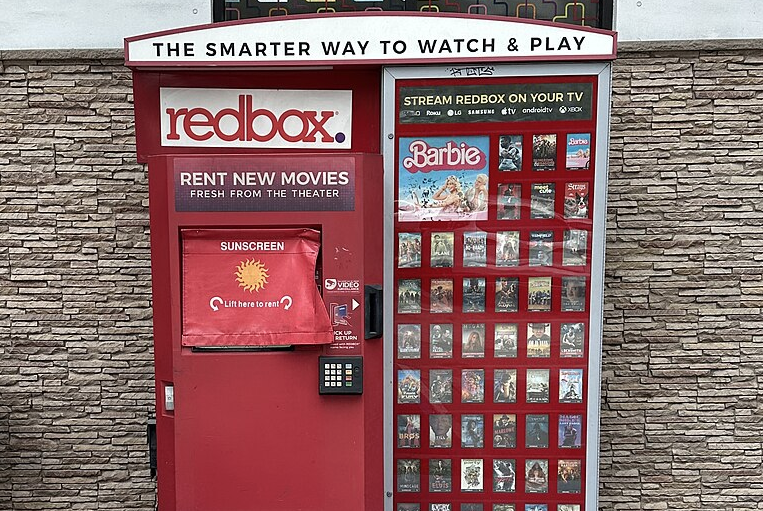
Redbox , but that doesn’t mean it can’t (sorta) live on in your living room. Redbox’s with . It also left over 24,000 of its iconic red machines at various retail locations, .
The machines are heavy, cumbersome and difficult to dispose of, with a former RedBox executive suggesting it costs $500 to remove one of the kiosks. This is compounded by the fact that some of the machines are actually embedded in concrete. The retailers plan on salvaging them for scrap, at a loss, which has led collectors to take the initiative to scoop some up before they hit the scrap heap.
Jacob Helton, a 19-year-old from North Carolina, picked one up from a drugstore because he “felt like Redbox is important in the history of American media.” He went on to make the point that “its collapse marks the end of the video rental era.” Now he has a giant DVD-renting machine in his garage.
Now, before you roll up to a local Walgreens and ask about the dilapidated Redbox machine sitting outside, there are some caveats. First of all, these things are heavy and extremely difficult to transport. As mentioned above, some are even dipped in concrete.
Also, these machines suck up massive amounts of energy during use. Walgreens told a judge that it costs the company $184,000 each month to power 5,400 kiosks. That breaks down to around $35 per month for a single machine. They also have to be regularly maintained. However, if you do have a large DVD collection, each machine can hold around 500 of them. You can pretend to rent them out to friends and family and, well, that’s about it.
Redbox was on top of the world just ten years ago, boasting of nearly $2 billion in yearly revenue and installing over 43,000 kiosks across the US and Canada. It managed to hang on a bit longer than Blockbuster, but now it’s gone forever.
This article contains affiliate links; if you click such a link and make a purchase, we may earn a commission.
Servers computers
iStarUSA 4-Post Open Frame Rack (4 RU) Server Rack Assembly
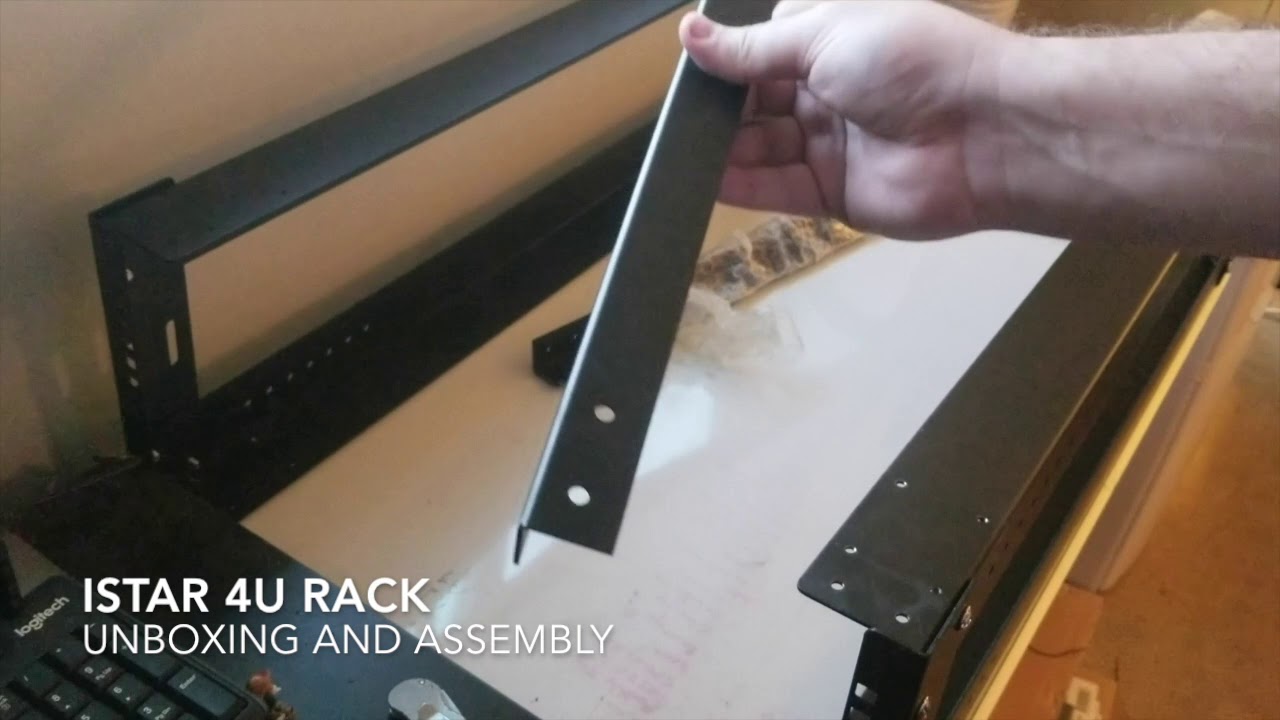
Watch step by step how to assemble a server rack. The 4u rack is opened framed.
Product Highlights
Open Frame Structure
Universal Fit
Load Capacity up to 440 lb
Heavy-Duty Lockable Steel Casters .
source
Technology
The future of surgery is here: Dr. Alberto Rodriguez-Navarro’s MARS surgical system transforms minimally invasive procedures
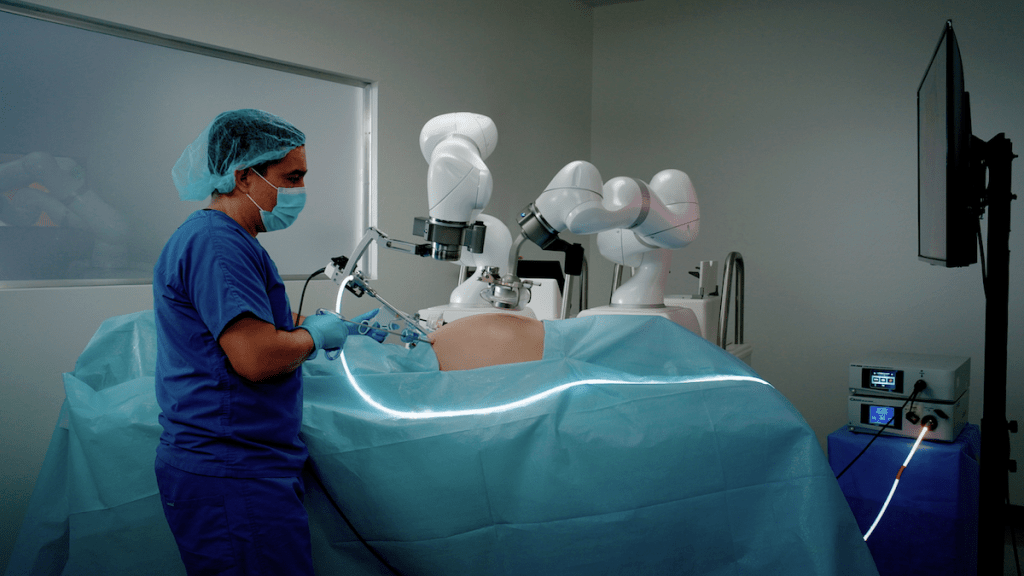
MARS is empowering surgeons with enhanced control, reducing patient recovery times, and streamlining hospital operations through innovative magnetic technology.
Dr. Alberto Rodriguez-Navarro is advancing minimally invasive surgery with his innovative technology, the MARS Surgical System.
“Our purpose as a company is to develop technology to empower the surgeon. That’s why we see our latest development, MARS Surgical System, making surgery better.”
Dr. Rodriguez-Navarro is a surgeon and the CEO, Founder, and President of Levita® Magnetics, a medical equipment manufacturing company established in 2011. For the past 13 years, he and his team have developed proprietary technology that maximizes the benefit of minimally invasive surgery—for both surgeons and patients.
“We started with a manual system [magnetic surgery], in which you have to move the magnet with your hand. Now, we’ve evolved to create a robotic system that controls the movement of the magnet.”
What does this mean for surgeons?
The MARS System, which leverages Levita Magnetics’ proprietary Dynamic Magnetic Positioning technology, builds on the clinical benefits of the Levita Magnetic Surgical System providing faster recovery, less pain, and fewer scars for patients. But now, the team has developed surgeon-controlled arms allowing full control over the laparoscopic view and the magnetic retractor.
The MARS system gives surgeons “two extra arms” for instrument control, as well as camera stability, removing the need for additional assistance, which standard abdominal surgeries require.
“MARS represents a noteworthy advancement and is part of the pathway to enhance minimally invasive surgery for healthcare institutions, surgeons, and most importantly, for patients. It’s also remarkably easy to use,” said Prof Dr. Matthew Kroh, MD, vice chair of innovation and technology at the Cleveland Clinic, who performed the first procedure with the new system last September 2023.
“We aim to show that this revolutionary technology can empower surgeons with increased control and better visualization while reducing the number of incisions, delivering significant patient benefits,” says Dr. Rodriguez-Navarro.

For Dr. Rodriguez-Navarro, who worked for nearly ten years as a surgeon and performed over 3,000 laparoscopic surgeries, this is a major feat in the advancement of minimally invasive surgeries.
Levita is headquartered in Silicon Valley, and the MARS System is FDA-approved and currently available in the U.S. and Chile. It is cleared for laparoscopic bariatric surgeries, cholecystectomy (gallbladder), prostate, and colorectal procedures.
“We invented a system to deploy a magnetic piece inside the abdomen, and then using a powerful external magnet, we generate the movement to reduce the number of incisions typically needed for the surgery,” Dr. Rodriguez-Navarro explains. “That’s the core benefit—we reduce the number of incisions for the patient. Meanwhile, the surgeon maintains the ability to perform the procedure in a fast and reliable way.”
While it may be easier for surgeons to continue performing standard procedures, learning and integrating this new system has a “triple impact” for patients, surgeons, and hospitals—and aids in providing more efficient, economical care.
The current state of the U.S. healthcare system is dire—a very circulated topic—and Duquesne University forecasts a shortage of more than 29,400 nurse practitioners by 2025. Dr. Rodriguez-Navarro’s system removes the need for an additional assistant during procedures and cuts recovery time for patients. The MARS System is easy to use, as Prof Dr. Matthew Kroh noted above, and can also “play a major role in the transition of high volume abdominal procedures to an ambulatory or same-day discharge setting,” says Dr. Rodriguez-Navarro.
In 2018, there were 9.6 million inpatient operating room procedures of which 11.2% were MIS and 2.9% were robotic-assisted. Cholecystectomy (gallbladder removal) surgery is one of the most common procedures performed worldwide, and Dr. Rodriguez-Navarro positions Levita Magnetics as an economical medical innovation to lessen the demand on the current healthcare system.
“That’s the opportunity that we see. We can bring a solution that is a fraction of the cost of other robotic leaders in surgery, plus the clinical benefit and the reduction of personnel, to make the procedure more cost-effective. That’s our opportunity in the market,” he says.
In April, Dr. Rodriguez-Navarro performed the first-ever augmented reality abdominal surgery in Santiago, Chile using the MARS System and Meta Quest 3 headset. “It opens a new world for how the surgeon can access [data] in real-time during the surgery,” he told Fox News Digital. “It will be a revolution in how surgeries are performed, and I’m very happy [about] how technology is empowering surgeons to do more.”
While the early stages of Dr. Rodriguez-Navarro’s ideations faced criticism and doubt, he understood that initial resistance is normal for any new technology, and today he and his team have proven the effectiveness and revolutionary capabilities of magnetic surgery.
“Our goal as a company is to continue to develop tools for surgeons to have better surgical outcomes,” Dr. Rodriguez-Navarro concludes. “Robots, AI, and magnets will be utilized heavily in surgical procedures in the coming years.”
To learn more about Levita Magnetics, visit the website here. To get in touch with Dr. Alberto Rodriguez-Navarro, reach out to him on LinkedIn.
VentureBeat newsroom and editorial staff were not involved in the creation of this content.
Technology
Boeing is cutting 10 percent of its workforce

Team,
Our business is in a difficult position, and it is hard to overstate the challenges we face together. Beyond navigating our current environment, restoring our company requires tough decisions and we will have to make structural changes to ensure we can stay competitive and deliver for our customers over the long term.
We need to be clear-eyed about the work we face and realistic about the time it will take to achieve key milestones on the path to recovery. We also need to focus our resources on performing and innovating in the areas that are core to who we are, rather than spreading ourselves across too many efforts that can often result in underperformance and underinvestment.
With that in mind, today I am sharing some difficult decisions and several program updates:
On the 777X program, the challenges we have faced in development, as well as from the flight test pause and ongoing work stoppage, will delay our program timeline. We have notified customers that we now expect first delivery in 2026.
We plan to build and deliver the remaining 767 Freighters ordered by our customers and then conclude production of the commercial program in 2027. Production for the KC-46A Tanker will continue.
In BDS, our performance on fixed-price development programs is simply not where it needs to be. We expect substantial new losses in BDS this quarter, driven by the work stoppage on commercial derivatives, continued program challenges and our decision to complete production on the 767 freighter. I will be providing additional oversight of this business and these programs.
Along with the above actions, we must also reset our workforce levels to align with our financial reality and to a more focused set of priorities. Over the coming months, we are planning to reduce the size of our total workforce by roughly 10 percent. These reductions will include executives, managers and employees. Next week, your leadership team will share more tailored information about what this means for your organization. Based on this decision, we will not proceed with the next cycle of furloughs.
As we move through this process, we will maintain our steadfast focus on safety, quality and delivering for our customers. We know these decisions will cause difficulty for you, your families and our team, and I sincerely wish we could avoid taking them. However, the state of our business and our future recovery require tough actions.
We will be transparent with you regarding the timing and impact of these steps, and we will be professional and supportive to everyone along the way.
Thank you for all that you are doing through this very challenging time at Boeing. We will navigate through this moment. We will re-focus our company, and we will restore trust with all those who depend on us.
Kelly
-

 Science & Environment3 weeks ago
Science & Environment3 weeks agoHyperelastic gel is one of the stretchiest materials known to science
-

 Science & Environment3 weeks ago
Science & Environment3 weeks agoHow to unsnarl a tangle of threads, according to physics
-

 Technology3 weeks ago
Technology3 weeks agoWould-be reality TV contestants ‘not looking real’
-

 Science & Environment3 weeks ago
Science & Environment3 weeks ago‘Running of the bulls’ festival crowds move like charged particles
-

 Womens Workouts3 weeks ago
Womens Workouts3 weeks ago3 Day Full Body Women’s Dumbbell Only Workout
-

 Science & Environment3 weeks ago
Science & Environment3 weeks agoMaxwell’s demon charges quantum batteries inside of a quantum computer
-

 Science & Environment3 weeks ago
Science & Environment3 weeks agoLiquid crystals could improve quantum communication devices
-

 Science & Environment3 weeks ago
Science & Environment3 weeks agoQuantum ‘supersolid’ matter stirred using magnets
-

 Science & Environment3 weeks ago
Science & Environment3 weeks agoSunlight-trapping device can generate temperatures over 1000°C
-

 Science & Environment3 weeks ago
Science & Environment3 weeks agoITER: Is the world’s biggest fusion experiment dead after new delay to 2035?
-
News4 weeks ago
the pick of new debut fiction
-

 Science & Environment3 weeks ago
Science & Environment3 weeks agoHow to wrap your mind around the real multiverse
-

 Science & Environment3 weeks ago
Science & Environment3 weeks agoWhy this is a golden age for life to thrive across the universe
-

 News3 weeks ago
News3 weeks agoOur millionaire neighbour blocks us from using public footpath & screams at us in street.. it’s like living in a WARZONE – WordupNews
-

 Science & Environment3 weeks ago
Science & Environment3 weeks agoQuantum forces used to automatically assemble tiny device
-

 Science & Environment3 weeks ago
Science & Environment3 weeks agoNerve fibres in the brain could generate quantum entanglement
-

 Science & Environment2 weeks ago
Science & Environment2 weeks agoX-rays reveal half-billion-year-old insect ancestor
-

 Technology2 weeks ago
Technology2 weeks agoIs sharing your smartphone PIN part of a healthy relationship?
-

 Science & Environment3 weeks ago
Science & Environment3 weeks agoA slight curve helps rocks make the biggest splash
-

 Science & Environment3 weeks ago
Science & Environment3 weeks agoPhysicists are grappling with their own reproducibility crisis
-
Business2 weeks ago
Eurosceptic Andrej Babiš eyes return to power in Czech Republic
-

 Science & Environment3 weeks ago
Science & Environment3 weeks agoTime travel sci-fi novel is a rip-roaringly good thought experiment
-

 Science & Environment3 weeks ago
Science & Environment3 weeks agoLaser helps turn an electron into a coil of mass and charge
-

 Science & Environment3 weeks ago
Science & Environment3 weeks agoNuclear fusion experiment overcomes two key operating hurdles
-

 News4 weeks ago
News4 weeks ago▶️ Hamas in the West Bank: Rising Support and Deadly Attacks You Might Not Know About
-

 News3 weeks ago
News3 weeks agoYou’re a Hypocrite, And So Am I
-

 Sport3 weeks ago
Sport3 weeks agoJoshua vs Dubois: Chris Eubank Jr says ‘AJ’ could beat Tyson Fury and any other heavyweight in the world
-

 Science & Environment3 weeks ago
Science & Environment3 weeks agoCaroline Ellison aims to duck prison sentence for role in FTX collapse
-

 News3 weeks ago
News3 weeks ago▶️ Media Bias: How They Spin Attack on Hezbollah and Ignore the Reality
-
Business2 weeks ago
Should London’s tax exiles head for Spain, Italy . . . or Wales?
-

 Technology2 weeks ago
Technology2 weeks ago‘From a toaster to a server’: UK startup promises 5x ‘speed up without changing a line of code’ as it plans to take on Nvidia, AMD in the generative AI battlefield
-

 Football2 weeks ago
Football2 weeks agoFootball Focus: Martin Keown on Liverpool’s Alisson Becker
-

 Science & Environment3 weeks ago
Science & Environment3 weeks agoRethinking space and time could let us do away with dark matter
-

 News4 weeks ago
News4 weeks agoNew investigation ordered into ‘doorstep murder’ of Alistair Wilson
-
News3 weeks ago
The Project Censored Newsletter – May 2024
-

 Technology2 weeks ago
Technology2 weeks agoQuantum computers may work better when they ignore causality
-

 MMA2 weeks ago
MMA2 weeks agoConor McGregor challenges ‘woeful’ Belal Muhammad, tells Ilia Topuria it’s ‘on sight’
-

 Sport2 weeks ago
Sport2 weeks agoWatch UFC star deliver ‘one of the most brutal knockouts ever’ that left opponent laid spark out on the canvas
-

 Science & Environment3 weeks ago
Science & Environment3 weeks agoA new kind of experiment at the Large Hadron Collider could unravel quantum reality
-

 News3 weeks ago
News3 weeks agoIsrael strikes Lebanese targets as Hizbollah chief warns of ‘red lines’ crossed
-

 Science & Environment3 weeks ago
Science & Environment3 weeks agoFuture of fusion: How the UK’s JET reactor paved the way for ITER
-

 Technology2 weeks ago
Technology2 weeks agoGet ready for Meta Connect
-
Business2 weeks ago
Ukraine faces its darkest hour
-

 Health & fitness3 weeks ago
Health & fitness3 weeks agoThe secret to a six pack – and how to keep your washboard abs in 2022
-

 Technology3 weeks ago
Technology3 weeks agoThe ‘superfood’ taking over fields in northern India
-

 Science & Environment3 weeks ago
Science & Environment3 weeks agoUK spurns European invitation to join ITER nuclear fusion project
-

 Science & Environment3 weeks ago
Science & Environment3 weeks agoWhy we need to invoke philosophy to judge bizarre concepts in science
-

 Science & Environment3 weeks ago
Science & Environment3 weeks agoA tale of two mysteries: ghostly neutrinos and the proton decay puzzle
-

 News3 weeks ago
News3 weeks agoWhy Is Everyone Excited About These Smart Insoles?
-

 Health & fitness2 weeks ago
Health & fitness2 weeks agoThe 7 lifestyle habits you can stop now for a slimmer face by next week
-

 CryptoCurrency3 weeks ago
CryptoCurrency3 weeks agoCardano founder to meet Argentina president Javier Milei
-
Politics3 weeks ago
UK consumer confidence falls sharply amid fears of ‘painful’ budget | Economics
-

 MMA3 weeks ago
MMA3 weeks agoRankings Show: Is Umar Nurmagomedov a lock to become UFC champion?
-

 Science & Environment3 weeks ago
Science & Environment3 weeks agoMeet the world's first female male model | 7.30
-

 News3 weeks ago
News3 weeks agoFour dead & 18 injured in horror mass shooting with victims ‘caught in crossfire’ as cops hunt multiple gunmen
-

 Womens Workouts3 weeks ago
Womens Workouts3 weeks ago3 Day Full Body Toning Workout for Women
-

 Technology3 weeks ago
Technology3 weeks agoRobo-tuna reveals how foldable fins help the speedy fish manoeuvre
-

 Health & fitness3 weeks ago
Health & fitness3 weeks agoThe maps that could hold the secret to curing cancer
-

 Science & Environment3 weeks ago
Science & Environment3 weeks agoBeing in two places at once could make a quantum battery charge faster
-

 News4 weeks ago
News4 weeks agoHow FedEx CEO Raj Subramaniam Is Adapting to a Post-Pandemic Economy
-

 CryptoCurrency3 weeks ago
CryptoCurrency3 weeks agoDecentraland X account hacked, phishing scam targets MANA airdrop
-

 CryptoCurrency3 weeks ago
CryptoCurrency3 weeks agoLow users, sex predators kill Korean metaverses, 3AC sues Terra: Asia Express
-

 Womens Workouts3 weeks ago
Womens Workouts3 weeks agoBest Exercises if You Want to Build a Great Physique
-

 Womens Workouts3 weeks ago
Womens Workouts3 weeks agoEverything a Beginner Needs to Know About Squatting
-

 TV3 weeks ago
TV3 weeks agoCNN TÜRK – 🔴 Canlı Yayın ᴴᴰ – Canlı TV izle
-

 Science & Environment3 weeks ago
Science & Environment3 weeks agoCNN TÜRK – 🔴 Canlı Yayın ᴴᴰ – Canlı TV izle
-

 Servers computers2 weeks ago
Servers computers2 weeks agoWhat are the benefits of Blade servers compared to rack servers?
-

 Technology2 weeks ago
Technology2 weeks agoThe best robot vacuum cleaners of 2024
-

 News3 weeks ago
News3 weeks agoChurch same-sex split affecting bishop appointments
-

 Politics3 weeks ago
Politics3 weeks agoTrump says he will meet with Indian Prime Minister Narendra Modi next week
-

 Science & Environment3 weeks ago
Science & Environment3 weeks agoPhysicists have worked out how to melt any material
-

 Sport3 weeks ago
Sport3 weeks agoUFC Edmonton fight card revealed, including Brandon Moreno vs. Amir Albazi headliner
-

 CryptoCurrency3 weeks ago
CryptoCurrency3 weeks agoEthereum is a 'contrarian bet' into 2025, says Bitwise exec
-

 Science & Environment3 weeks ago
Science & Environment3 weeks agoHow one theory ties together everything we know about the universe
-
Business3 weeks ago
JPMorgan in talks to take over Apple credit card from Goldman Sachs
-

 Science & Environment3 weeks ago
Science & Environment3 weeks agoQuantum time travel: The experiment to ‘send a particle into the past’
-

 Science & Environment3 weeks ago
Science & Environment3 weeks agoTiny magnet could help measure gravity on the quantum scale
-

 Science & Environment3 weeks ago
Science & Environment3 weeks agoMost accurate clock ever can tick for 40 billion years without error
-

 CryptoCurrency3 weeks ago
CryptoCurrency3 weeks agoBitcoin miners steamrolled after electricity thefts, exchange ‘closure’ scam: Asia Express
-

 CryptoCurrency3 weeks ago
CryptoCurrency3 weeks agoDorsey’s ‘marketplace of algorithms’ could fix social media… so why hasn’t it?
-

 CryptoCurrency3 weeks ago
CryptoCurrency3 weeks agoDZ Bank partners with Boerse Stuttgart for crypto trading
-

 CryptoCurrency3 weeks ago
CryptoCurrency3 weeks agoBitcoin bulls target $64K BTC price hurdle as US stocks eye new record
-

 CryptoCurrency3 weeks ago
CryptoCurrency3 weeks agoBlockdaemon mulls 2026 IPO: Report
-
Business3 weeks ago
Thames Water seeks extension on debt terms to avoid renationalisation
-
Politics3 weeks ago
‘Appalling’ rows over Sue Gray must stop, senior ministers say | Sue Gray
-

 CryptoCurrency3 weeks ago
CryptoCurrency3 weeks agoCoinbase’s cbBTC surges to third-largest wrapped BTC token in just one week
-

 News2 weeks ago
News2 weeks agoUS Newspapers Diluting Democratic Discourse with Political Bias
-

 Technology3 weeks ago
Technology3 weeks agoiPhone 15 Pro Max Camera Review: Depth and Reach
-

 News3 weeks ago
News3 weeks agoBrian Tyree Henry on voicing young Megatron, his love for villain roles
-

 Science & Environment3 weeks ago
Science & Environment3 weeks agoHow do you recycle a nuclear fusion reactor? We’re about to find out
-

 CryptoCurrency3 weeks ago
CryptoCurrency3 weeks agoRedStone integrates first oracle price feeds on TON blockchain
-

 CryptoCurrency3 weeks ago
CryptoCurrency3 weeks ago‘No matter how bad it gets, there’s a lot going on with NFTs’: 24 Hours of Art, NFT Creator
-
Business3 weeks ago
How Labour donor’s largesse tarnished government’s squeaky clean image
-

 News3 weeks ago
News3 weeks agoBrian Tyree Henry on voicing young Megatron, his love for villain roles
-

 Travel3 weeks ago
Travel3 weeks agoDelta signs codeshare agreement with SAS
-

 Politics2 weeks ago
Politics2 weeks agoHope, finally? Keir Starmer’s first conference in power – podcast | News
-

 Technology2 weeks ago
Technology2 weeks agoUniversity examiners fail to spot ChatGPT answers in real-world test
-

 Technology2 weeks ago
Technology2 weeks agoMicrophone made of atom-thick graphene could be used in smartphones
-

 CryptoCurrency3 weeks ago
CryptoCurrency3 weeks agoLouisiana takes first crypto payment over Bitcoin Lightning
-

 CryptoCurrency3 weeks ago
CryptoCurrency3 weeks agoCrypto scammers orchestrate massive hack on X but barely made $8K

You must be logged in to post a comment Login